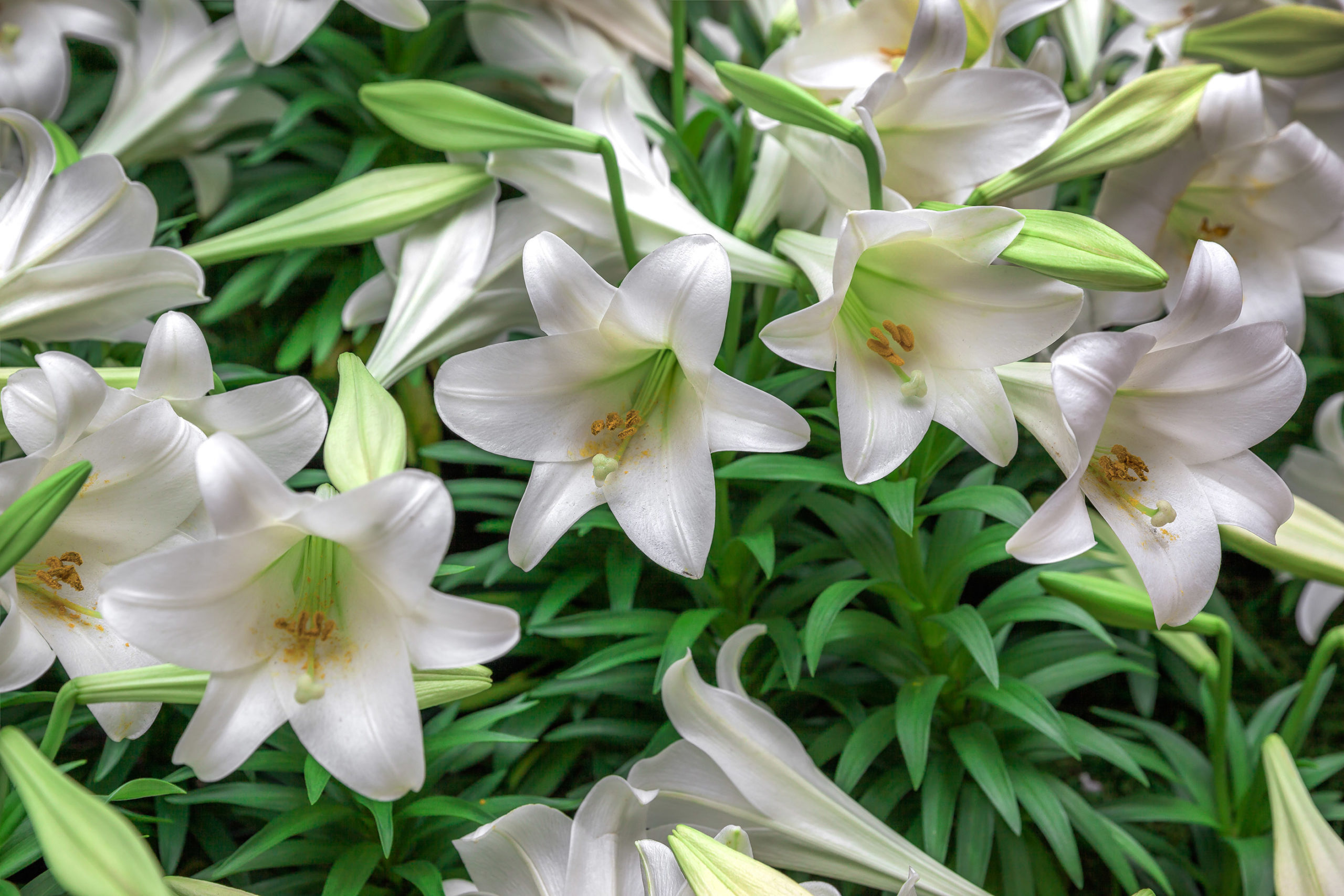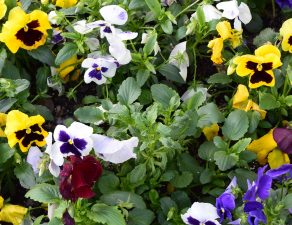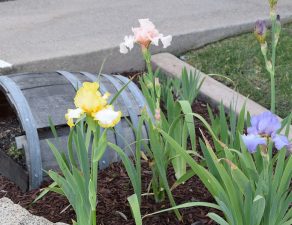
Every time another holiday rolls around, the lobby of your grocery store fills up with seasonal, decorative plants. Or perhaps you’ve been gifted with a few festive flora. But once the season has concluded, you might be wondering what to do with your potted decor. Do you hang on to decorations that don’t seem quite right for the season? Or can you plant them outside?
Yes, of course you can! But as with any other plant, you must choose the right time of year for moving your seasonal plant outdoors, and you should carefully consider where to place it in the garden.
For example, right now many of us have grown weary of our poinsettias indoors. They just scream, “Christmas”, and we’re all craving decor that feels more springlike. But you can easily replant your poinsettias outdoors, provided you consider their needs.
Keep poinsettias indoors until about late March, and then you can transplant. Cut the plant back about halfway, and then choose a sunny location in your yard with well-draining soil. Remember to keep the plant away from artificial lights, such as street lights or flood lights, at night. These can interfere with the plant’s blooming.
Surprisingly, poinsettias can actually grow to about eight feet tall and wide over time! You might wish to choose a spot that allows for this much growth, or simply keep the plant well pruned.
Soon, we will face the same situation with Easter lilies. You can plant these in your garden, too, provided you wait until the plant has finished flowering. Then, acclimate your Easter lily to natural sunlight by moving the potted plant outdoors for a few hours each day, for about two weeks.
After this time has passed (usually mid-May or so), choose a sunny spot in your garden. Amend the soil with compost or organic mulch, and then transplant the bulb about six inches deep in the soil. Place a thick (about two inches) layer of mulch around the plant to protect the roots, and water thoroughly after planting. F
Then, add a teaspoon of slow-release fertilizer to the soil around the plant about every six weeks in the summer. In the fall, the stem and foliage will turn brown. Cut off the stem just about soil level and cover with more mulch to protect the plant as it goes dormant for winter.
Always remember you can call us with any questions regarding your landscaping. We can help you design a landscape that provides seasonal color and cheer year-round, complementing any holiday decorations you decide to place in the garden.



